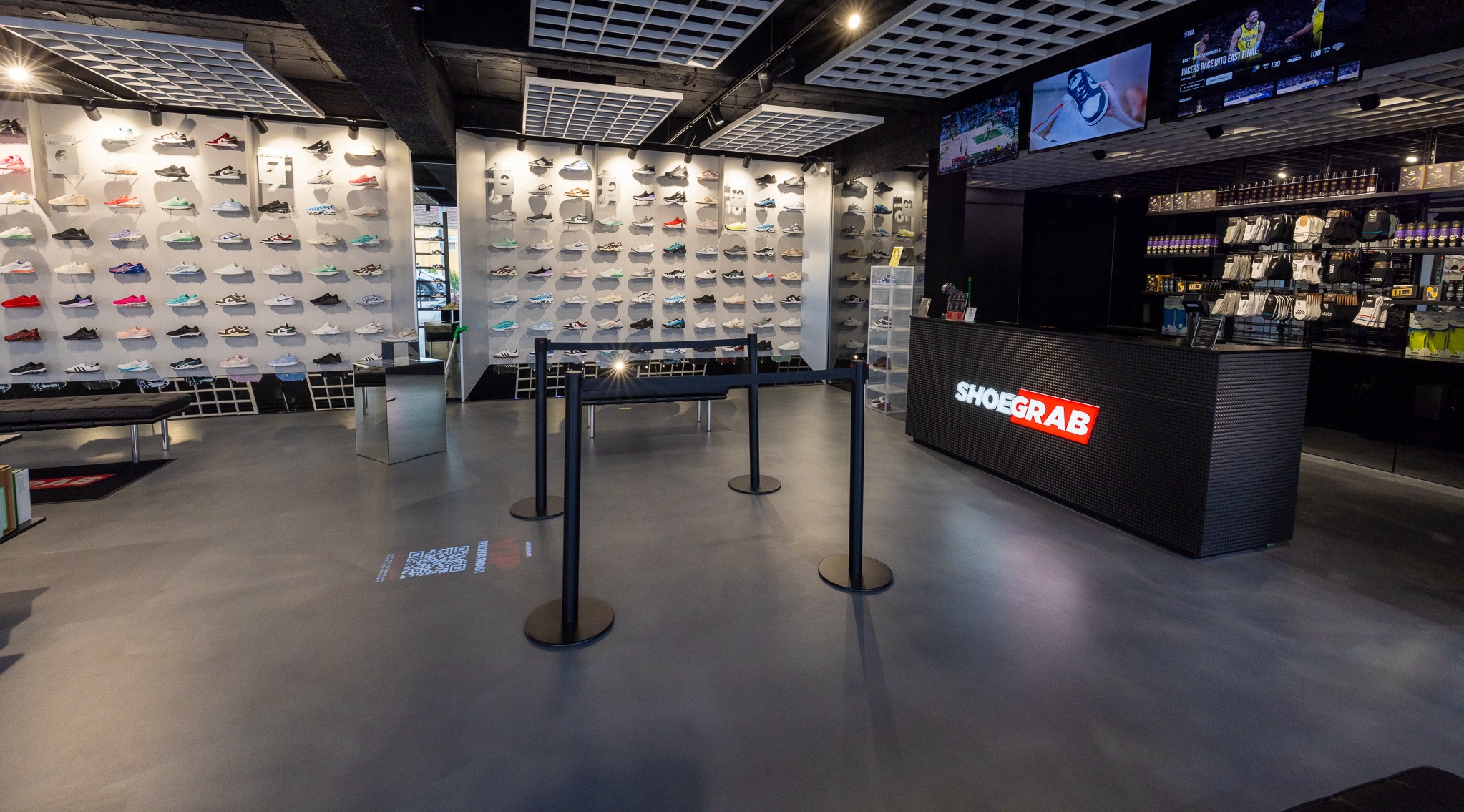A grind and seal is exactly what the name implies – the slab is ground back, normally between 200-400 grit level) and then a topical concrete coating is applied. This finish is less labour intensive than a mechanical polish, and therefore cheaper and can be used effectively where a rustic, warehouse type look is required. The overall finish is very dependent on the age, quality and pour of the original slab.
Polished Concrete is a completely different process, and the slab must be poured by an experienced concreter, to specific strength and specification. Polished concrete is concrete that has been hardened with a chemical densifier and ground with progressively finer diamond tools. It is best to make your decision and do your research prior to your slab being poured to ensure you are making an informed decision. The level of aggregate that you would like to expose will determine how much grinding needs to be done and will also change the M2 price. You can also choose the level of gloss, it matt, satin or high gloss.
